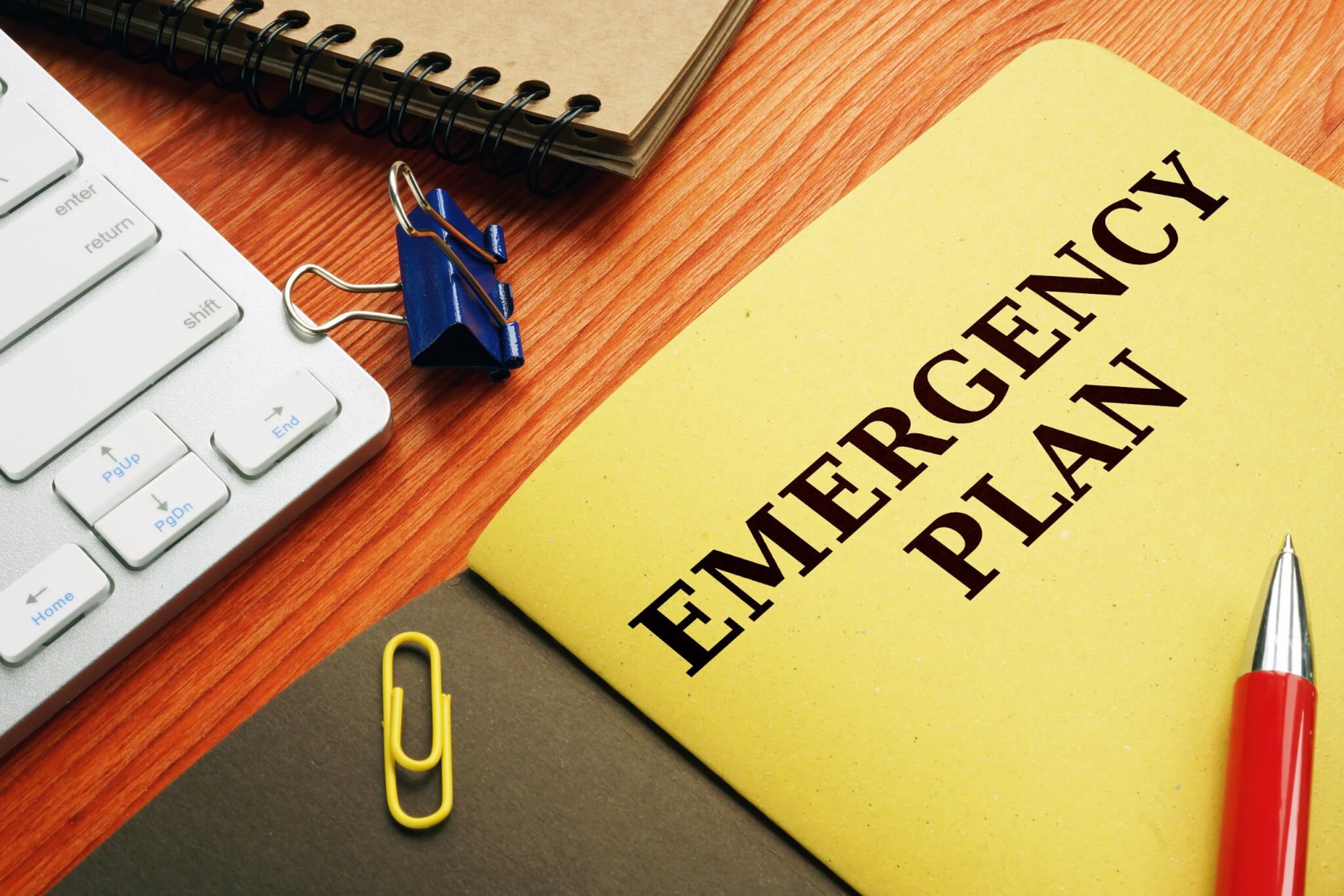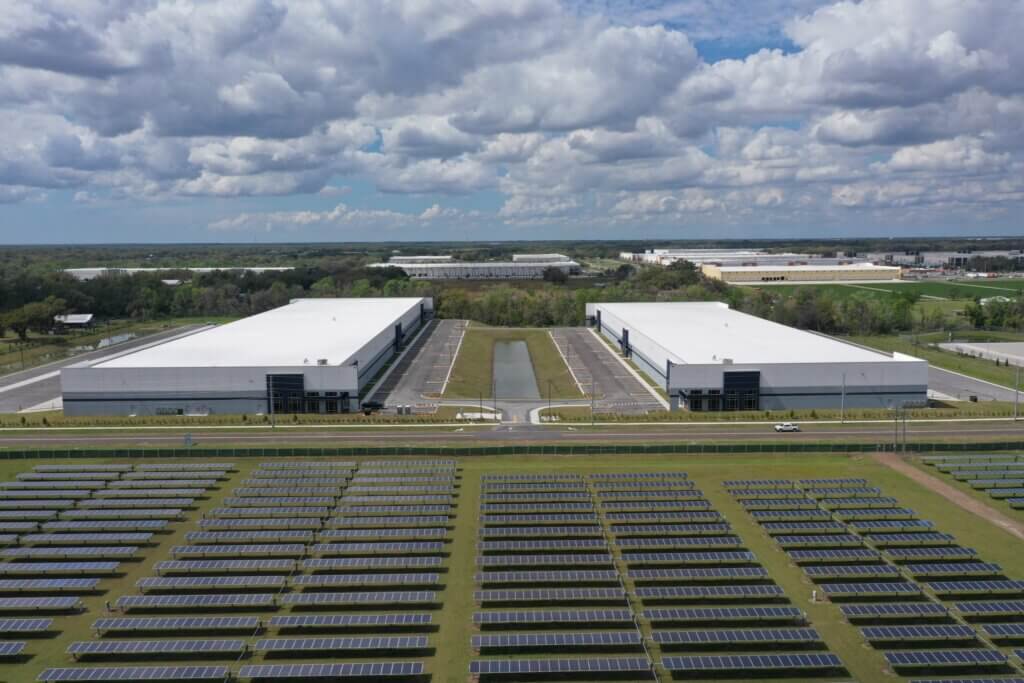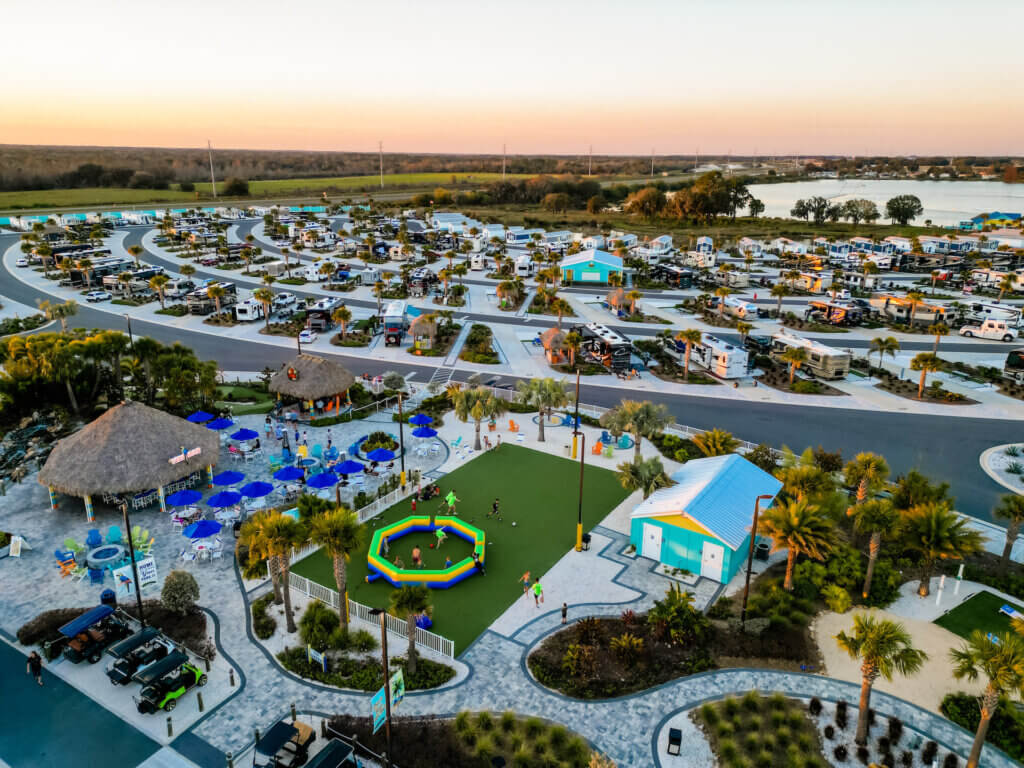Emergency Planning Helps Businesses Stay Resilient
Planning for an emergency situation is never easy: You might not have any idea what the emergency will entail or be able to find the time to work on one. But it’s a critical cog to keep your business running when the unexpected happens.
If we could look back on 2020 with 20/20 hindsight, we all would have planned for a worldwide pandemic. But most were caught off guard. Even the Central Florida Development Council found itself dusting off a 10-year-old document to help it navigate the pandemic.
“We had a framework,” said Javier Marin, the CFDC’s senior director of Business Resiliency and Global Trade. “We were basically building it on the fly. We had to come together quickly. It was a great opportunity for us to work as a team to determine what our activities were going to look like. We took care of our own team but supported the needs of the business community at large.”
Through it, the CFDC learned a lot, including thinking about its own resilience as it helped others. That’s when it added Business Resiliency to Marin’s title. He’s now championing the topic, holding monthly webinars to share advice, success stories and more.
“You can’t plan for an emergency during an emergency,” he said. “Your response depends on how well prepared you are.”
Working with Partners, Building Relationships
Paul Womble, the county’s director of emergency management, said the benefits of solid business relationships were reinforced during the pandemic. As the county’s emergency management agency, knowing people across the county, what they do, how you can tap into resources, capabilities and specialties was critical.
“We had a year plus. We were deluged with conference calls, things that took countywide coordination.”
Working together, the county and cities talked about how to handle everything from closing parks to responding to the governor’s stay-at-home order. Many times, not everyone agreed, he said, but there were no public spats.
When the county got $126M in CARES Act money, every organization wanted to contribute to help the business community get some assistance, Marin said. The CFDC was ready to help the county build a program to assist businesses.
The CFDC helped connect businesses, push information and build systems, Womble said. For instance, the CFDC helped companies make connections when the pandemic hit and some started transitioning to produce Personal Protective Equipment (PPE) like masks, face shields and hand sanitizers.
“A lot of people were looking for those items, from health-care facilities to fire rescue, and the CFDC really became an information broker on commodities and services.”
Marin also kicked off the Business Resiliency Series to help companies think about planning, responding and recovering from emergencies. In addition to the webinars, Marin is talking to groups like the Haines City Rotary Club and local chambers.
“The idea is to educate businesses. They are tired of hearing it, but the question is: How quickly do you want to lose your business? If you have a plan, you know what you need to do. There’s no guarantee you will survive, but your business will have a much better chance of surviving if you have a plan.”
Like the CFDC, the county had frameworks for specific disasters like hurricanes and wildfires, Womble said. “We had networks to reach out to people — all that was in place.”
The Department of Health was legally in charge of handling the pandemic, but director Dr. Joy Jackson respected the leadership of others, he said. “You don’t want to figure out who is supposed to do what in the middle of a bad day. There were pandemic-type plans in place — starting points, but no playbook. A lot of things we learned on the fly.”
The county now has an emergency plan that will be updated annually, he said.
Helping Businesses
Marin and Womble did not know each other before the pandemic hit. “Being part of Paul’s machinery gave me a serious appreciation for the county’s efforts to help the community through these situations,” Marin said. “Businesses can be resilient, but not only on their own. We need to find them and help them.”
Some businesses didn’t know where to turn to find solutions, Marin said. “We are not just about distributing information but finding out where the most fragile businesses are. We were sad to hear in October from a business that was asking for financial assistance, but the grant program had closed in September.”
Even old plans, like the CFDC’s, can be transformed into something usable, Marin said. Businesses can go that route and update a plan or start from scratch. But even then, they don’t have to reinvent the wheel. Help exists.
“The Small Business Development Centers and the CFDC can help them use tools that are already available,” he said. And the Florida Department of Economic Opportunity offers a template to develop an emergency plan, focusing on everything from your type of business, whether you rent or own, number of employees and more. It helps businesses identify the areas that may be affected, how to communicate with employees, suppliers, customers and other stakeholders.
Womble and Marin agree that business owners need to be ready, and now is the time to start developing a plan.
“If your business gets disrupted, it doesn’t matter why,” Womble said “If you have a fire in your building, you can’t come to work and do whatever you do there. If there’s a lockdown order, your business might have to close. It’s really all about the resilience of the business, whether it’s a small two- or three-person company or a large corporation. Being able to absorb whatever happens is critical.”
Many business owners say they don’t have time to create a plan. “But we know these things are going to happen. We hope that we never have another pandemic or more hurricanes. But bad things happen. Even if you have a tech outage. If you depend on a website or credit card sales and it’s out for a day or two or a week, you have to have a plan.”
Disaster relief programs offer assistance and loans, but they are not designed to carry a company, Womble said. “We are tying preparedness to keeping businesses afloat, making money, staying in the black. From the county perspective, we want businesses to stay open, keep people employed.”



